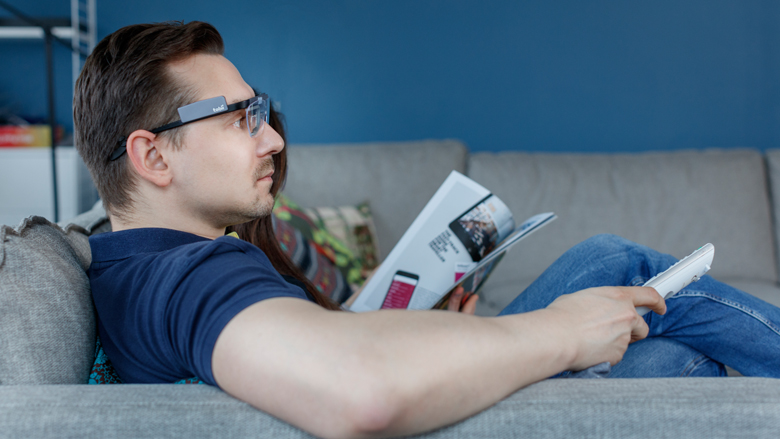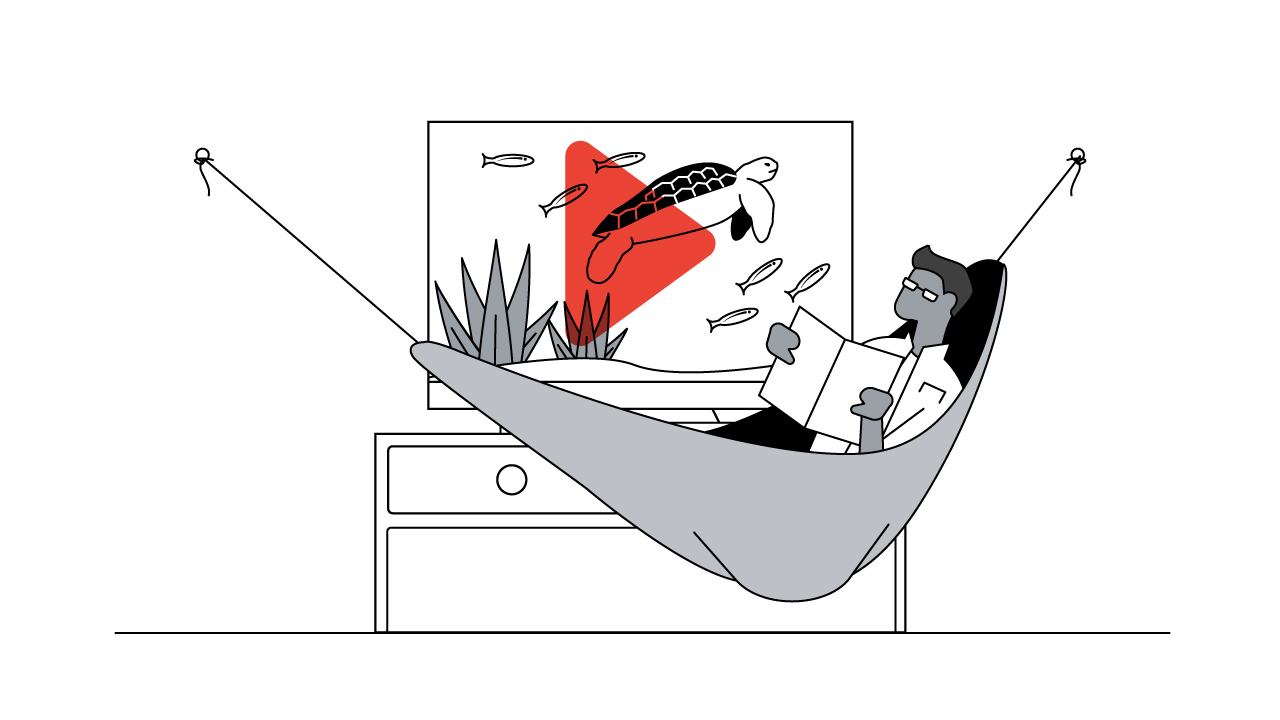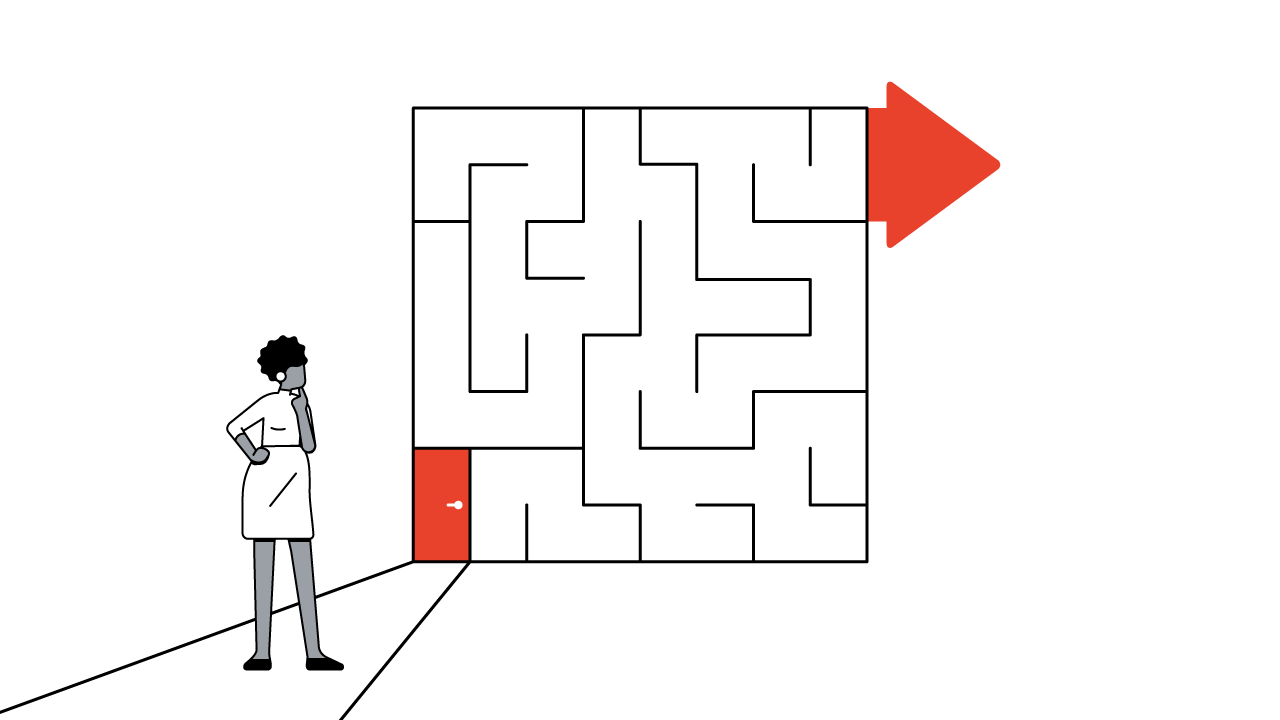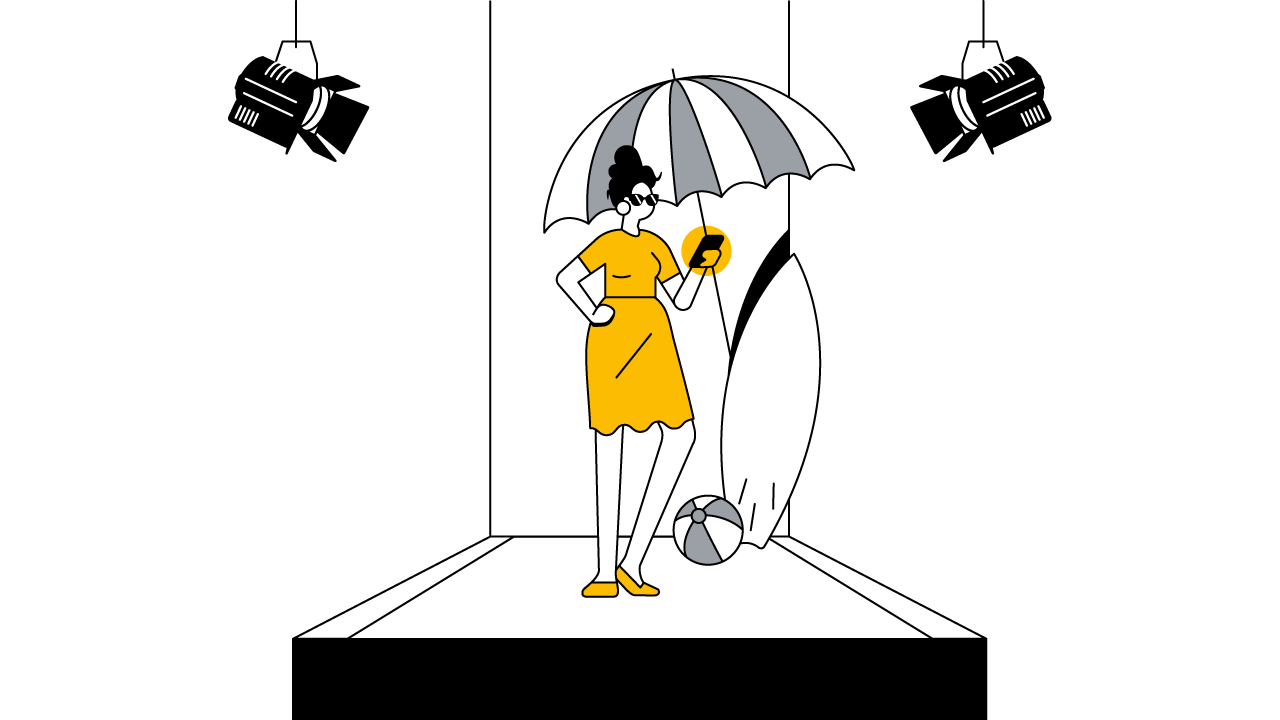A myriad of screens fill the modern living room, locked in a struggle for your attention. To better understand how our many screens are shaping our media habits, Google recently partnered with eye-tracking company Tobii Pro to conduct a large-scale eye-tracking study in Sweden. The study comprised 775 hours of media exposure, requiring more than 1,000 man hours of manual coding into categories of content and behaviour.1
Attention gap
TV still reigns supreme in the living room. Of 775 hours of media exposure, TV accounted for 537 of them. But in terms of visual attention, participants’ eyes were directed away from the screen one-third of the time spent with TV.
So what else is competing for attention? Most of the time when the attention wanders, viewers are looking at other screens. For just over one-quarter of the total time that the TV was on, the participants had their eyes on other devices, primarily their laptop or smartphone.
This ranged from quite basic behaviour such as texting while watching television to more advanced attention diversions such as a father who, with his TV running, was watching another show on his laptop while his son was watched YouTube on a tablet.
For just under one tenth of all TV exposure time, viewer attention was diverted away from screens to such offline chores as ironing or looking after the kids.
“Ad-tention deficit”
Decades of audience research have shown that viewers sometimes avoid advertising in its many forms, whether by channel surfing, digital video recording, skipping, or simply leaving the room. Eye-tracking studies are particularly well suited to add to that body of knowledge, by revealing data on the less obvious form of avoidance that occurs when the exposure to an ad is still there, but the visual attention is not.

When ads are on TV, viewer attention drops to about half of the exposure time. So is the glass half-empty or half-full here? Compared to other forms of digital advertising included in our study, TV advertising actually performed quite well. In fact, only one form of advertising performed better in terms of holding viewers’ gaze: YouTube video advertising remained in view during two-thirds of exposure time. The figure was even higher for YouTube video ads on mobile.
Interestingly, the most notable shift of attention in our study when TV ads came on was not from the big screen to a smaller screen, although this occurred frequently. Rather, viewer focus on offline activities (such as talking with someone else in the room), jumped from 7% during all TV exposure to 17% during TV advertising.
TV advertising is typically delivered in pods lasting a few minutes. Our study showed that excessive duration can be problematic. Of the attention level with which TV ad breaks began, about three-quarters would disappear by the end of the break on average, and this increased the longer the break went on.
Pay attention to attention
For historical and practical reasons, exposure is the de facto audience currency of most media buying and is frequently referred to as OTS, or Opportunity To See.
People are still watching TV, just in a different way than they had in the past. The Google-Tobii eye-tracking study in Sweden suggests that advertisers would be wise to also take attention into account when making strategies for where to take their advertising budgets. All ads are not created equal.
Eye-tracking research methodology
1. Tobii Pro sent out eye-tracking glasses to the homes of 34 participants to wear during their daily media consumption. Attention data was collected passively and unmoderated for a full week to allow a “normalisation” of their audience behaviour during the study period.
The eye-tracking glasses are equipped with a forward-facing scene camera, microphone and four eye cameras which take up to 100 pictures per second of the eyes, which enables the recording of eye movements, as well as what the participant is seeing.
The participants were encouraged to wear the glasses whilst using media in a natural way, including watching linear television and using their computer, tablet or phone. To further establish the length of exposure the eye-tracking glasses were backed up by a separate camera facing the TV constantly, as well as a passive tracking app installed on participants’ smartphones.
The participants were not recruited to be fully representative of all media users. Rather, we recruited mostly young and relatively media-savvy participants. The youngest participant was 18, the oldest was 50 years old and the majority of participants were under 30.
You can find out more about Tobii’s technology and methodology in their article about eye-tracking essentials.
Photos courtesy of Tobii AB






